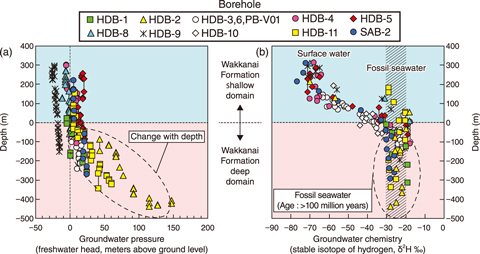
Fig.8-10 Time derivatives of pressure changes during packer tests of fractures in the Wakkanai Formation (from 32 points in 10 boreholes)

Fig.8-11 Depth distributions of groundwater pressure and chemistry measured in boreholes
For radioactive waste disposal, it is important to efficiently detect low-permeability rock domains deep underground. Although water-conducting fractures may exist locally in rocks, the macroscopic permeability is low if the fracture connectivity is low.
Although assessing the connectivity of underground fractures by single-borehole investigations has been difficult, this work presented a methodology that allows the fracture connectivity to be efficiently assessed using single-borehole investigations. In the methodology, rocks are first divided into two depth domains using the rock-mechanical indicator, as fractures tend to connect when the effective mean rock-stress normalized to the tensile rock-strength is less than 2. The fracture connectivity in each domain is then assessed by analyzing pressure changes during hydraulic packer tests in each domain. Finally, this result is verified by comparison with water pressure, chemistry, and age.
This methodology was then applied to the Wakkanai Formation (a several-million-year-old marine bed) in northern Hokkaido to divide the formation into shallow and deep domains where the fractures mechanically tended to connect and not, respectively. Confirmed pressure changes during hydraulic packer tests indicated high- and low-fracture connectivity for the shallow and deep domains, respectively (Fig.8-10). These results for the deep domain were consistent with data on groundwater pressure, chemistry, and age, which exhibited a pressure distribution indicating low permeability and fossil seawater, which implies the presence of stagnated groundwater (Fig.8-11).
Thus, the methodology was confirmed feasible. The application of the method to other formations will assist in efficiently detecting low-permeability rock domains deep underground through single-borehole investigations.
(Eiichi Ishii)